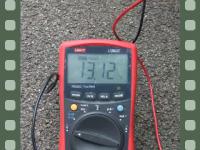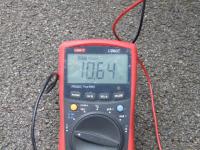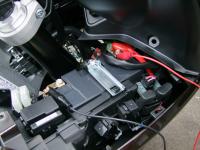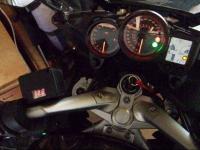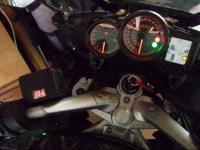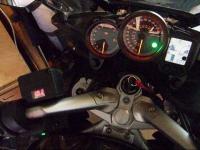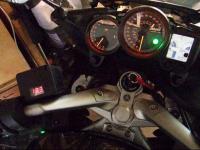Warpdrv
Well-known member
I have learned more things from Twigg about electrical stuff on this forum then I can rememberWe just had another battery thread on this but briefly:I wonder why getting a boost from a car could cause damage ? Isn't the 12v system of a car compatible to the 12v system of the bike ? I have boosted 2 different bikes with a car and no issues. Just lucky ?
The alternator systems on cars are not compatible with the stator systems on bikes.
Jumping from a car or truck is okay providing the engine of the donor vehicle is not running. If it IS running, the alternator on the car will sense the regulator on the bike as a load, and ramp up it's output to try to meet the demand. The bike doesn't actually need this power, so the regulator will try to dump it as heat and ... well you get the picture.
Most times you will get away with it, until the time you don't and you will need a new regulator.
Thank you Sir.... always appreciate your knowledge... That bit was something I did not know....




















































